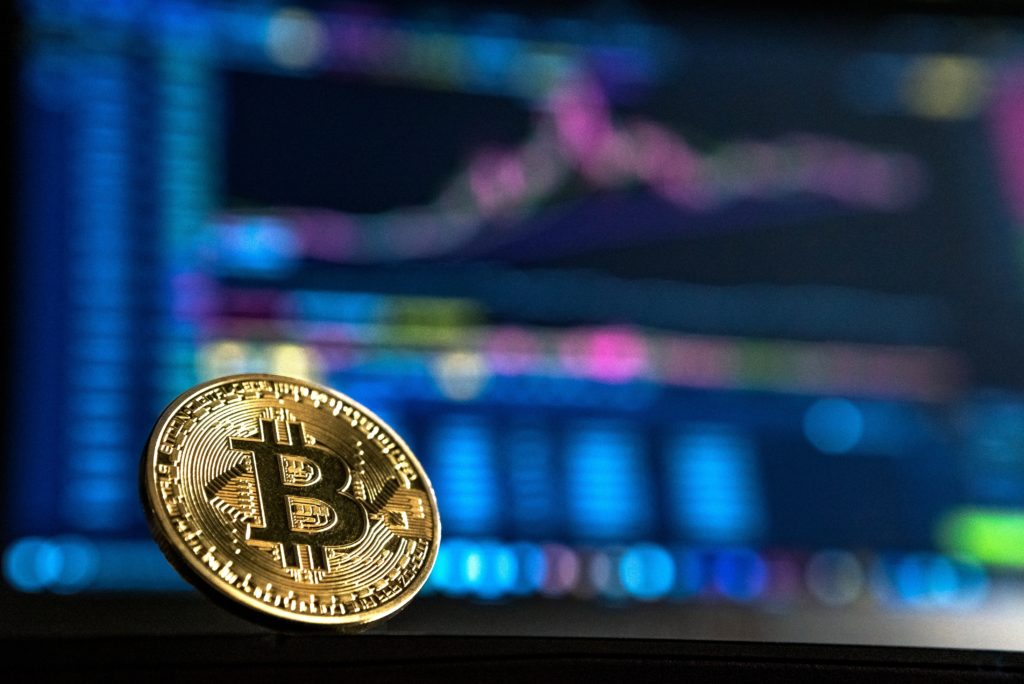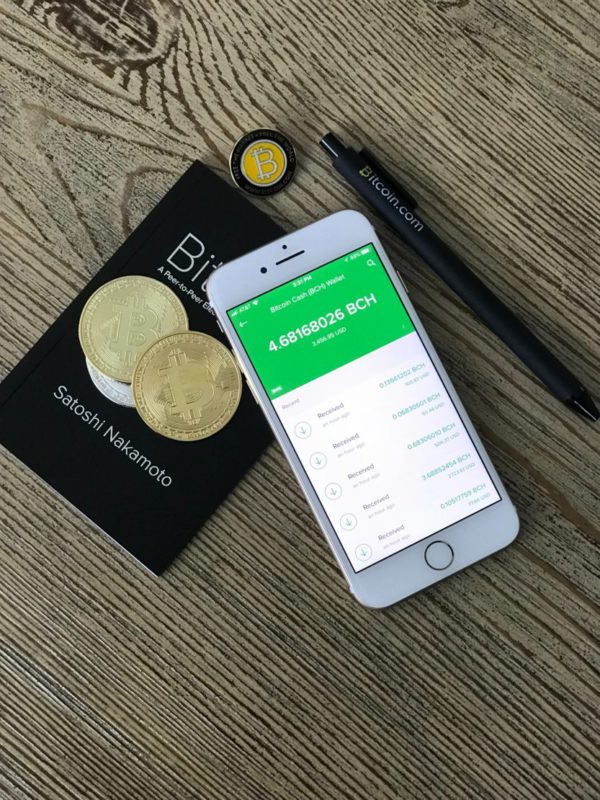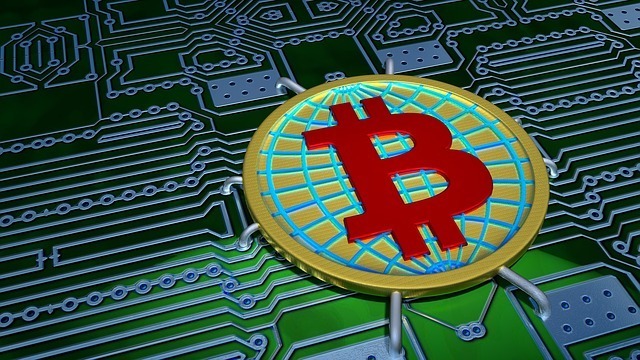Top 5 Ways To Cash Out Your Bitcoins(BTC)
So withdrawing your money is just as simple and vital as investing. One of the first queries when people are interested in buying cryptocurrencies, is, “How do you sell Bitcoin?”. Similar to buying Bitcoin, selling Bitcoin (BTC) is partly reversed. It would help if you had BTC in your wallet to sell it.
There are several ways to purchase Bitcoin. Several options are available if you decide to sell all of your Bitcoin, including direct peer-to-peer (P2P) transfers online or in person, Bitcoin ATMs, and online cryptocurrency exchanges.
Exchanging cryptocurrencies
Despite having several drawbacks, exchanges are a one-stop shop for exchanging Bitcoin. Exchanges serve as a middleman when bitcoin is sold, storing funds for buyers and sellers.
You must create an account with the platform of your choice to use a cryptocurrency exchange. Many trustworthy exchangers require identity verification. To withdraw money, a bank account must be linked. However, keep in mind any exchange limitations based on your nation. Certain regions are barred from participating in some exchanges.
Once you’ve transferred your Bitcoin to an exchange and created an account there, place a sell order specifying the type of currency you wish to trade, its amount, and your asking price per unit (or if you already have an account with Bitcoin kept in it). Someone once accepts your offer. The business will automatically finalize the transaction. Cryptocurrency trading, however, can be far more intricate than this quick explanation due to many order types and other factors.
You must withdraw the monies to your linked bank account when they have been credited to your account. This can occasionally take too long, especially if the exchange is having difficulty with its banks or running out of money. Additionally, some banks flat-out decline to handle transactions involving cash acquired through cryptocurrency trading. A similar issue existed with the Mt. Gox exchange several months before its bankruptcy.
Knowing any withdrawal fees that might apply to your preferred platform is crucial. Exchanges may also cap the amount of money you can withdraw in a given time frame. If you stick with a specific forum or upload more paperwork to satisfy Know Your Customer (KYC) and Anti-Money Laundering (AML) verification standards, the limit can rise over time.
Despite offering wallet services, it is crucial to remember that exchanges are not secure or dependable places to store your money. Hackers may target them, and there have been cases where exchanges have closed because their proprietors either mismanaged users’ assets or fled with them.
Trading BTC for a stablecoin on a marketplace and withdrawing your holdings to a personal wallet outside the business are two other viable selling strategies. You can also choose to maintain those monies on the sale, albeit doing so has advantages and disadvantages of its own. Take full responsibility for your money and keep any monies that aren’t needed right away in a safe offline wallet. Furthermore, you have more control over your money when you withdraw to a personal wallet outside the platform.
A type of cryptocurrency called a stablecoin has a value that is based on the value of an underlying asset, frequently a fiat currency like the dollar. For other stablecoins, you can exchange some of your Bitcoin. Spending your BTC with one of the many cryptocurrency-specific credit or debit cards available is another indirect way to sell it using a cryptocurrency exchange’s services.
Such cards can function in several ways. Users’ assets are typically converted into cash at the time of sale, making the cards useful everywhere that accepts conventional payment cards. In contrast, some cards let customers load stablecoins onto a crypto-friendly card to avoid being exposed to cryptocurrency volatility.
Trading directly (person-to-person)
Direct trade between two parties, either online or in person, is another way to sell your Bitcoin. You can accomplish this in several ways, either by arranging a direct meeting to sell Bitcoin in person or carrying out the transaction online using a dedicated platform.
Also Read: Top 5 Asked Questions About Cryptocurrency Billionaires
P2P online trading
Online P2P Bitcoin sales can be made via a variety of specialized platforms, as well as goods from reliable cryptocurrency exchanges. These platforms effectively enable the trading of Bitcoin for cash, or cash for Bitcoin, with a third party online.
Typically, Bitcoin purchasers offer items on these sites with information such as the desired price and preferred payment method. Then, interested parties choose listings they like and complete the deal by following the platform’s instructions.
These platforms frequently use escrow services to ensure asset transfers and offer protection for all parties. The buyer of a Bitcoin may receive a transfer straight to their bank account or credit card, a wire transfer, or an agreement to receive funds to any of the well-known traditional payment systems, depending on the payment choice.
Personal interactions
You must be familiar with how to send bitcoin and use a crypto wallet or the platform where you store your money to sell bitcoin in person (such as if you hold your funds on an exchange, for example). Another option is to trade Bitcoin P2P physically at a location. While some websites allow users to sell Bitcoin in person for cash, others may want to get up with friends or relatives on their own and do the same thing.
Knowing the price of bitcoin at the moment of an in-person transaction is crucial because of its erratic value. The majority of traders use rates from reputable exchanges. There are physical stores or sites where users can exchange Bitcoin for real money or real money for Bitcoin in several regions of the world.
But it’s vital to remember that Bitcoin can trade at varied values on different exchanges and in various portions of the globe. The term “premium” is used to describe this distinction. A pricing premium for bitcoin, in essence, is the difference between the price of an item and the rest of the market or an underlying asset (when referring to other types of trading, such as futures).
South Korea has a market condition known as the “Kimchi premium,” where Bitcoin frequently trades at noticeably higher prices. A Bitcoin pricing premium has also been reported for the cryptocurrency exchange Coinbase Pro.
It is crucial to use caution if you arrange a Bitcoin in-person sale with a stranger, whether through a platform or otherwise. Similar to the hazards associated with other in-person financial transactions, there are potential concerns when exchanging bitcoin with strangers.
ATMs for bitcoin
Bitcoin ATMs may appear like conventional cash machines, but they are not ATMs in the traditional sense. Users are connected to the internet to enable Bitcoin transactions rather than their bank account.
Simple Bitcoin ATMs allow you to scan a QR code from your wallet to sell BTC for cash. The locations of Bitcoin ATMs may be found online and are spread throughout the globe. However, compared to other methods, they typically have higher transaction fees. Additionally, when searching for a Bitcoin ATM to sell BTC, it’s vital to remember that not all offer both purchase and trade functions.
When conducting selling operations, Bitcoin ATM operators occasionally demand users to have an existing account, and the registration process frequently takes a lot of time, effort, and time. The identification procedure varies based on the machine and the person operating it, but selling Bitcoin will always involve some form of identity verification. A recent snapshot taken by the ATM’s camera, a government-issued ID, and a palm scan might be required of new users, as well as a phone number for activation and notifications.
Additionally, BTC ATM owners must modify the settings on their machines to meet the AML and KYC regulations that apply in the country where their ATMs are located. This calls for a money transmitter license in some nations, while present laws in other nations forbid the installation of any Bitcoin ATMs.
You are given a QR code with a wallet address to which you must send your Bitcoin after confirming your identification. Usually, one confirmation is sufficient, but occasionally, up to six confirmations are needed before you can withdraw money. You will either receive a redemption code and require depending on the device you’re using, to wait for the transaction to be confirmed on the Bitcoin blockchain, or you will get cash out of the device immediately.
Withdrawal of money
After selling your BTC on a cryptocurrency exchange, a common approach to convert Bitcoin into cash is to withdraw the money to a bank account using a wire transfer or automated clearing house (ACH) transfer.
Alternatively, money can be transmitted using SEPA, the Single Euro Payments Area, which facilitates euro payments. It is a method created to increase the effectiveness of international transfers between EU countries. Some European bitcoin exchanges accept this method of transfer.
However, neither of these solutions is close to being ideal. Transfer transfers might take a long time depending on the nation and the quantity of money being moved, and processing can take days. Additionally, these systems could cost more.
For instance, depending on how quickly you need the transfer to occur, certain banks may charge a predetermined cost for a SEPA payment. It’s also important to remember that some banks negatively view facilitating transactions to and from accounts linked to cryptocurrency companies.
Stay informed with daily updates from Blockchain Magazine on Google News. Click here to follow us and mark as favorite: [Blockchain Magazine on Google News].
Get Blockchain Insights In Inbox
Stay ahead of the curve with expert analysis and market updates.
latest from tech
Disclaimer: Any post shared by a third-party agency are sponsored and Blockchain Magazine has no views on any such posts. The views and opinions expressed in this post are those of the clients and do not necessarily reflect the official policy or position of Blockchain Magazine. The information provided in this post is for informational purposes only and should not be considered as financial, investment, or professional advice. Blockchain Magazine does not endorse or promote any specific products, services, or companies mentioned in this posts. Readers are encouraged to conduct their own research and consult with a qualified professional before making any financial decisions. The featured image used is just a creative depiction of the title and it does not intend to hurt sentiments of any person or institution. If it hurts anyone sentiments, please do not hesitate to reach out to Blockchain Magazine.

 Bitcoin
Bitcoin  Ethereum
Ethereum  XRP
XRP  Tether
Tether  Solana
Solana  USDC
USDC  Dogecoin
Dogecoin  Cardano
Cardano  Lido Staked Ether
Lido Staked Ether  TRON
TRON  Wrapped Bitcoin
Wrapped Bitcoin  Chainlink
Chainlink  Wrapped stETH
Wrapped stETH  Avalanche
Avalanche  Sui
Sui  Stellar
Stellar  Toncoin
Toncoin  Hedera
Hedera  Shiba Inu
Shiba Inu  LEO Token
LEO Token  Hyperliquid
Hyperliquid  Litecoin
Litecoin  Bitget Token
Bitget Token  WETH
WETH  USDS
USDS  Polkadot
Polkadot  Bitcoin Cash
Bitcoin Cash  Ethena USDe
Ethena USDe  Wrapped eETH
Wrapped eETH  Uniswap
Uniswap  MANTRA
MANTRA  Ondo
Ondo  Pepe
Pepe  Monero
Monero  Aave
Aave  WhiteBIT Coin
WhiteBIT Coin  NEAR Protocol
NEAR Protocol  Mantle
Mantle  Official Trump
Official Trump  Aptos
Aptos  Dai
Dai  Internet Computer
Internet Computer  Ethereum Classic
Ethereum Classic  Bittensor
Bittensor  OKB
OKB  Cronos
Cronos  POL (ex-MATIC)
POL (ex-MATIC)  Gate
Gate 




